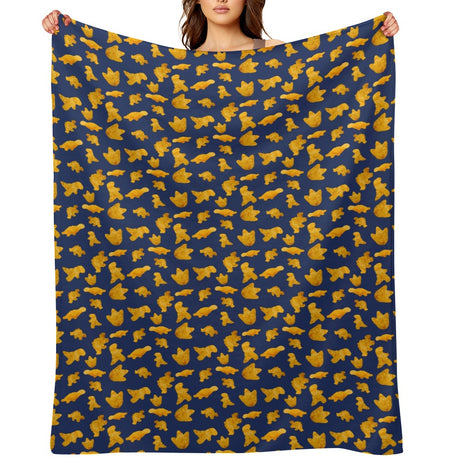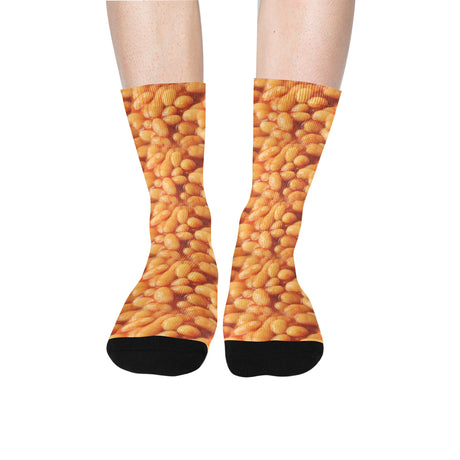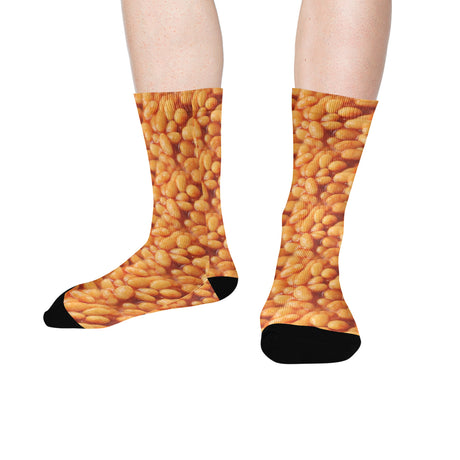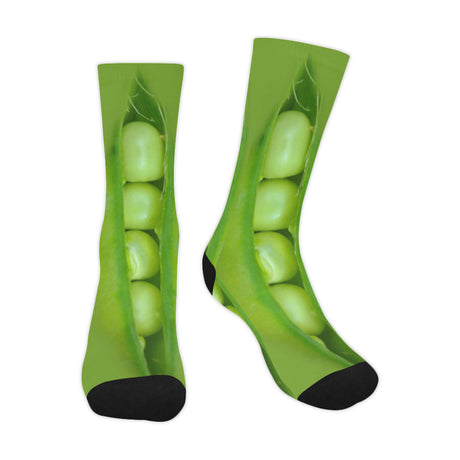Hello, fellow reptile enthusiasts! Have you ever wondered what keeps our colorful friends, the chameleons, so vibrant and lively? These fascinating creatures have some pretty interesting dietary habits. Let’s dive into the world of chameleon cuisine and discover what these masters of camouflage munch on to stay happy and healthy!
1. Bug Buffet: Insects Galore
Chameleons are insectivores, which means their diet mainly consists of insects. Think of it as an all-you-can-eat bug buffet! Here are some of their favorite crunchy treats:
-
Crickets: A staple in the chameleon diet, crickets are packed with protein and easy to catch. Chameleons love to snap them up with their lightning-fast tongues.
-
Mealworms: These wriggly snacks are another favorite. They’re high in fat, so chameleons should enjoy them in moderation – think of them as a special treat.
-
Roaches: Yes, you read that right. Chameleons aren’t squeamish and will happily chow down on roaches. It’s like a gourmet meal in the chameleon world!
-
Flies: Chameleons love the challenge of catching these quick little critters. It’s a great way for them to practice their hunting skills.
2. Caterpillar Connoisseurs
Some larger chameleon species enjoy munching on caterpillars. These juicy morsels are rich in nutrients and provide a nice change of pace from the usual insect fare. Just make sure the caterpillars are safe and free from toxins before offering them to your chameleon friend.
3. Leafy Greens: A Veggie Boost
While chameleons primarily eat insects, some species also enjoy a bit of greenery. Adding some leafy greens to their diet can provide extra vitamins and hydration. Here are a few favorites:
-
Collard Greens: These are rich in calcium and make a great addition to a chameleon’s diet.
-
Dandelion Leaves: Easily found and packed with nutrients, dandelion leaves are a chameleon-approved snack.
-
Kale: Another calcium-rich green, kale can be offered occasionally to mix things up.
4. Fruit Fiesta: Occasional Treats
Fruits aren’t a major part of a chameleon’s diet, but they can be given as occasional treats. They provide a sweet burst of flavor and hydration. Here are some safe options:
-
Blueberries: Small and packed with antioxidants, blueberries are a fun snack for chameleons.
-
Strawberries: These can be offered in small pieces and are a tasty treat.
-
Mango: Sweet and juicy, mango can be given in moderation.
5. Hydration Station: Water is Key
Chameleons don’t drink from bowls like most pets. Instead, they prefer to drink water droplets from leaves. In captivity, you can simulate this by misting their enclosure with water. Some chameleons also enjoy drinking from a dripper system that mimics raindrops.
Conclusion
And there you have it – a peek into the delicious world of chameleon dining! From crunchy crickets to juicy caterpillars and the occasional leafy green, chameleons have a diverse diet that keeps them healthy and vibrant. Whether you’re a chameleon owner or just a curious observer, understanding what these fascinating reptiles eat can give you a greater appreciation for their unique lifestyles.
Happy chameleon-watching, and may your scaly friends always dine in style!

















